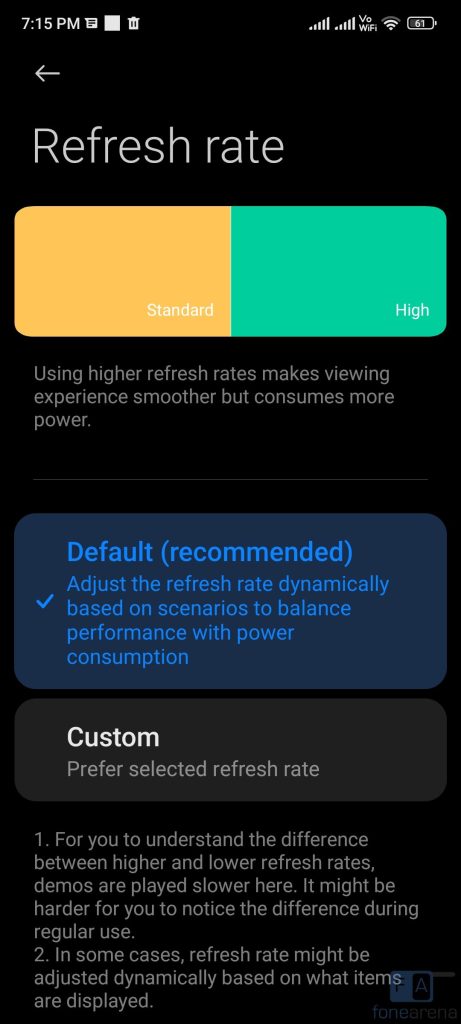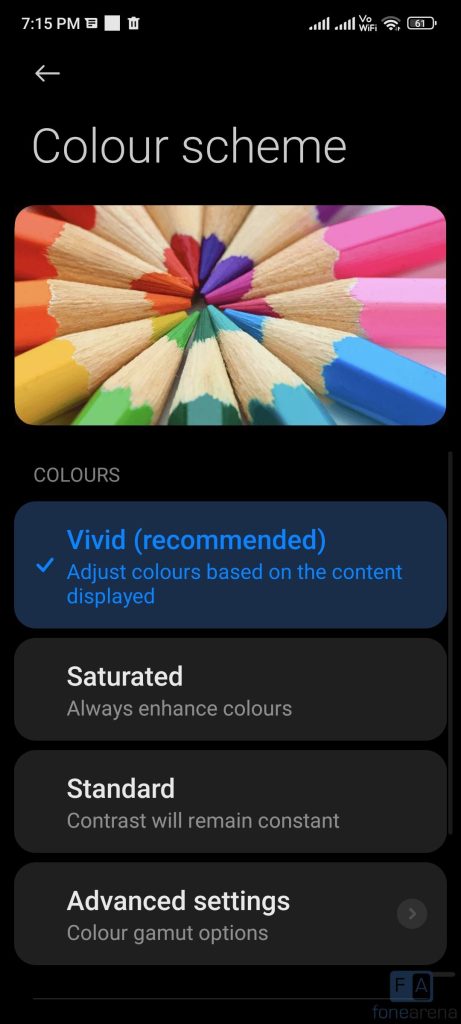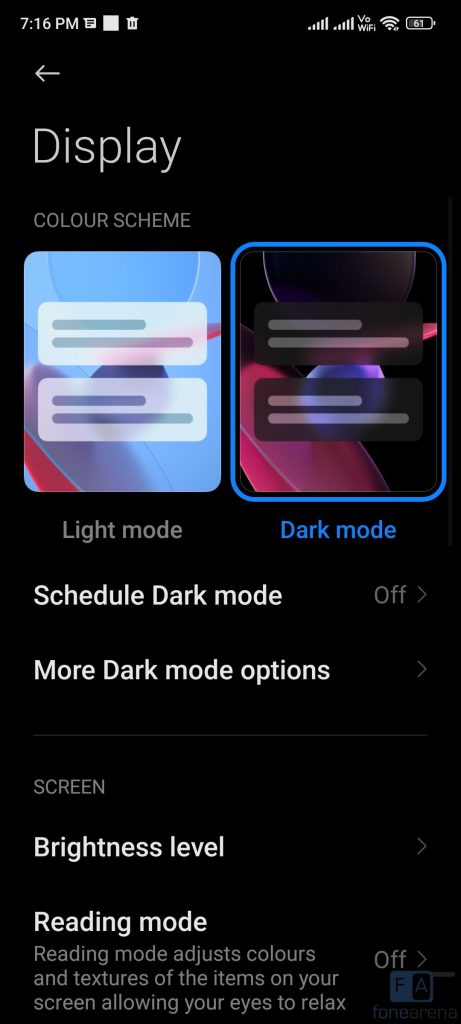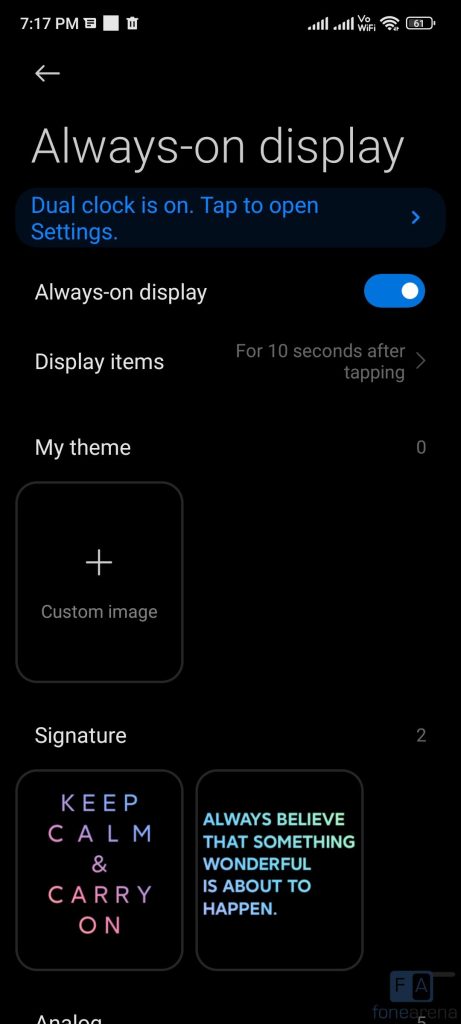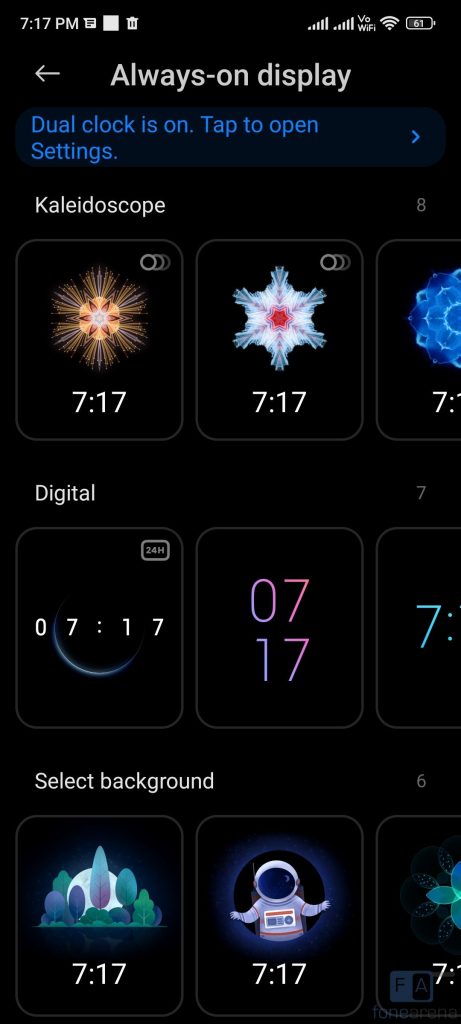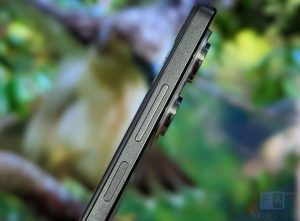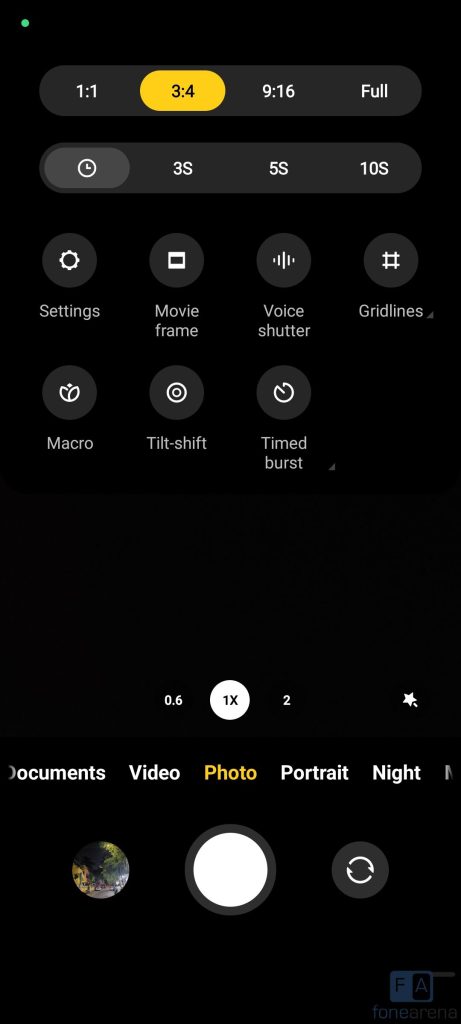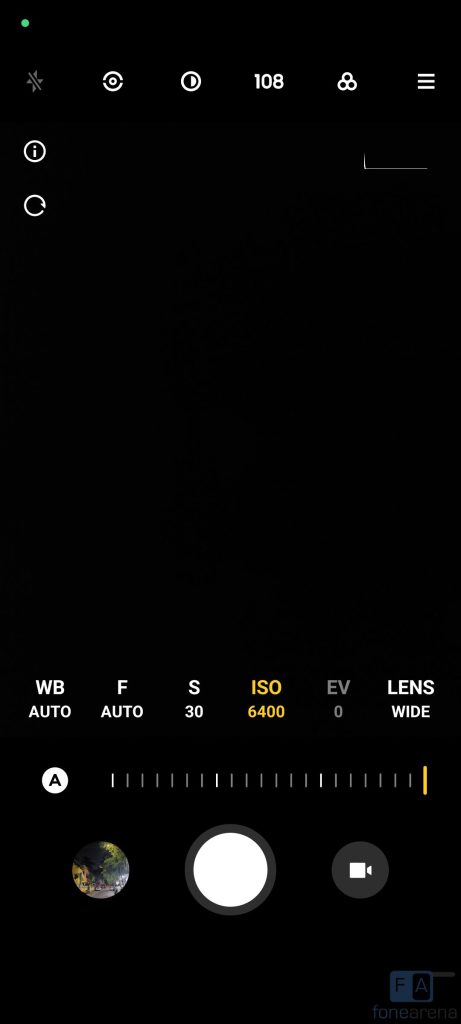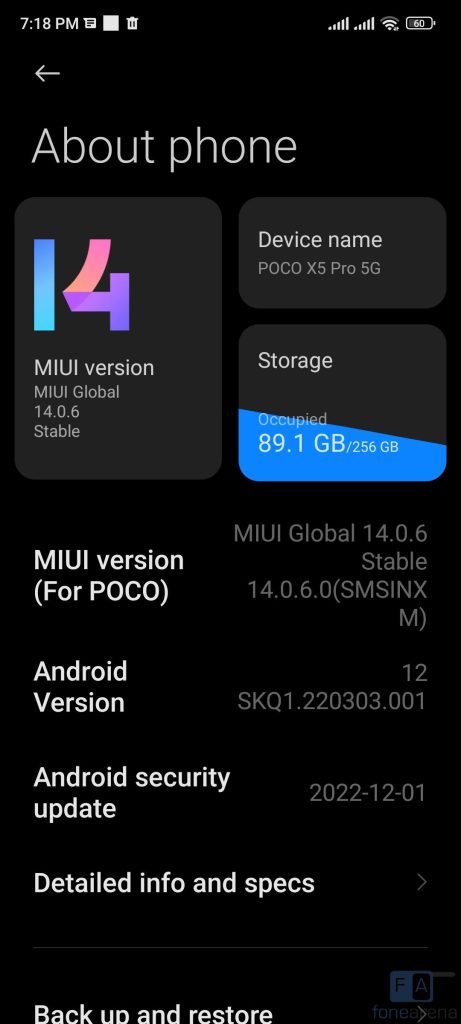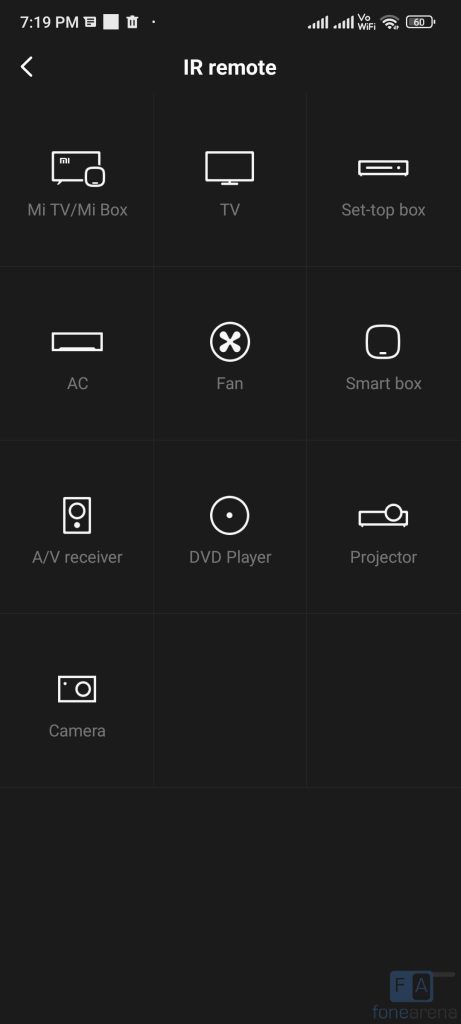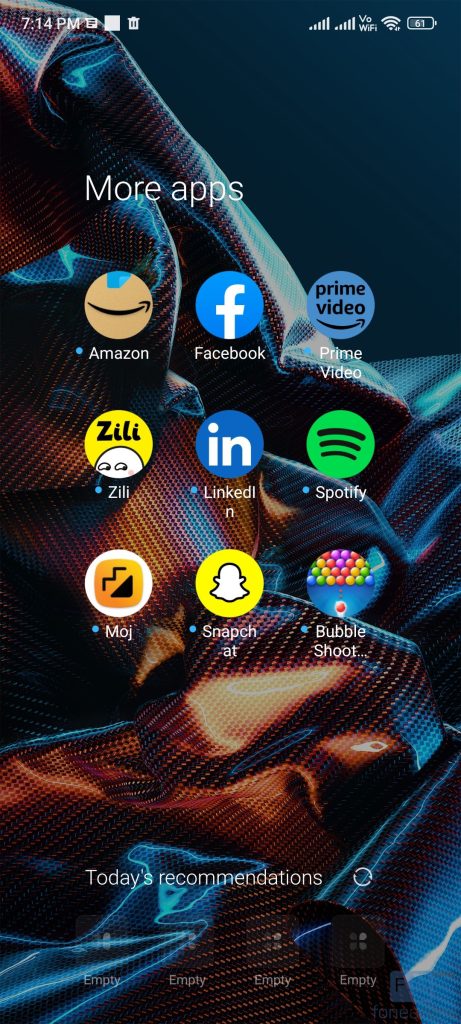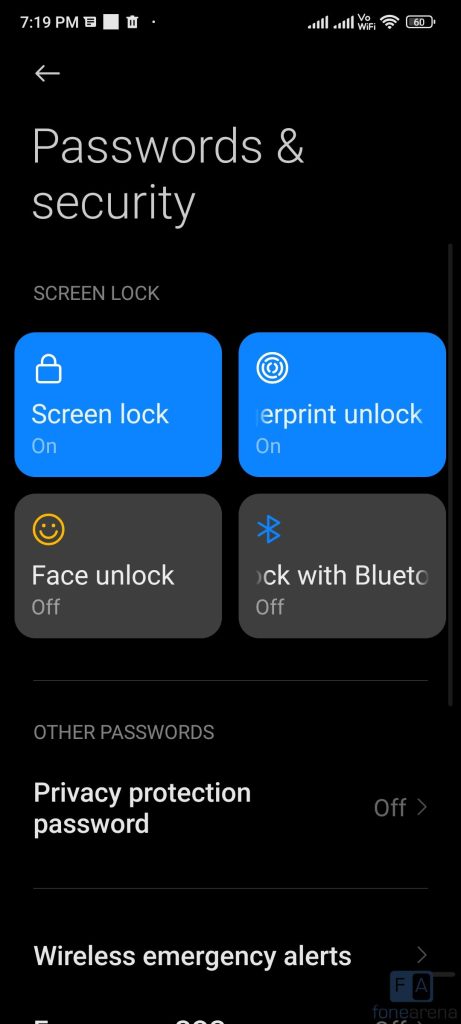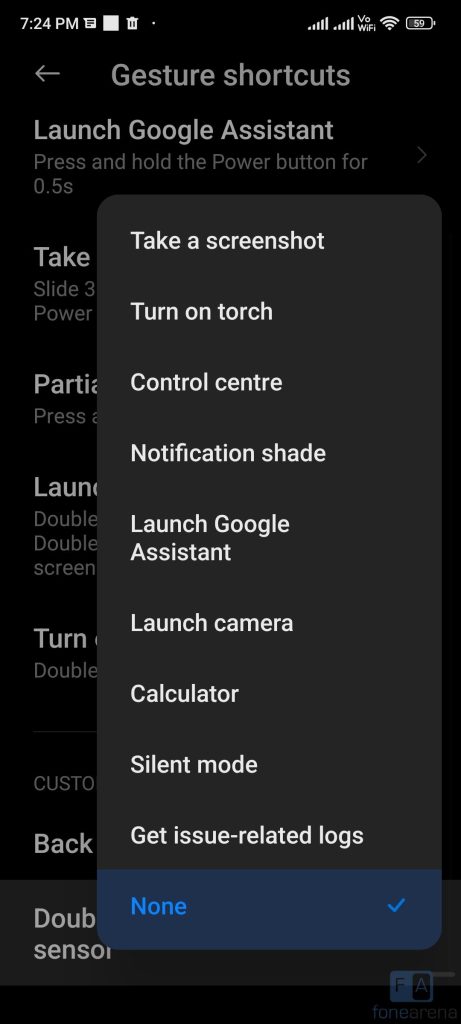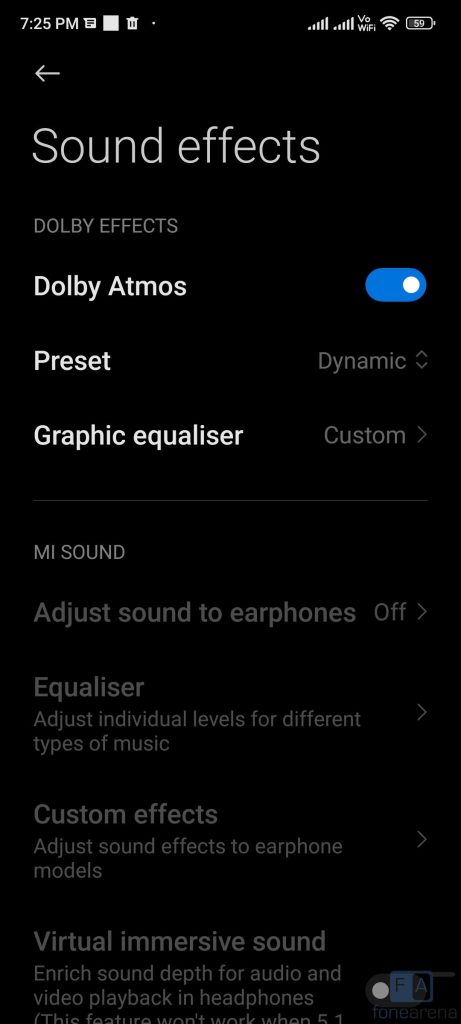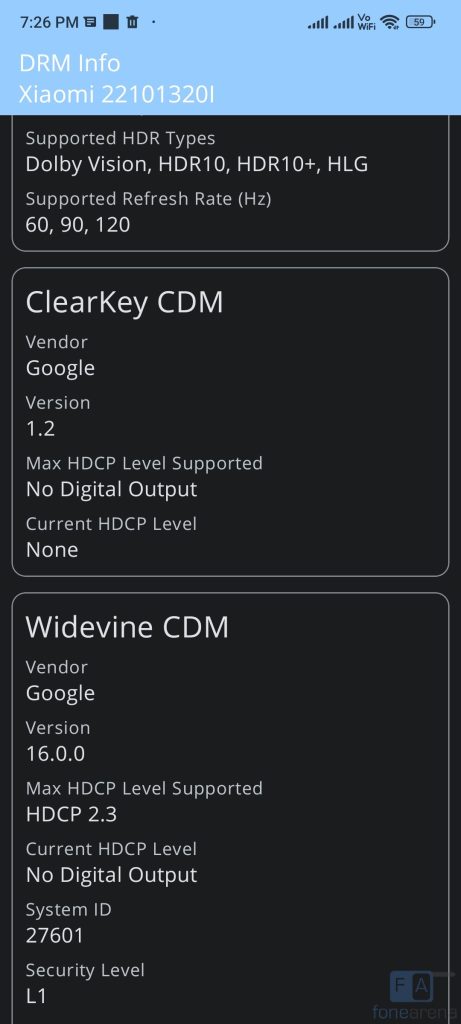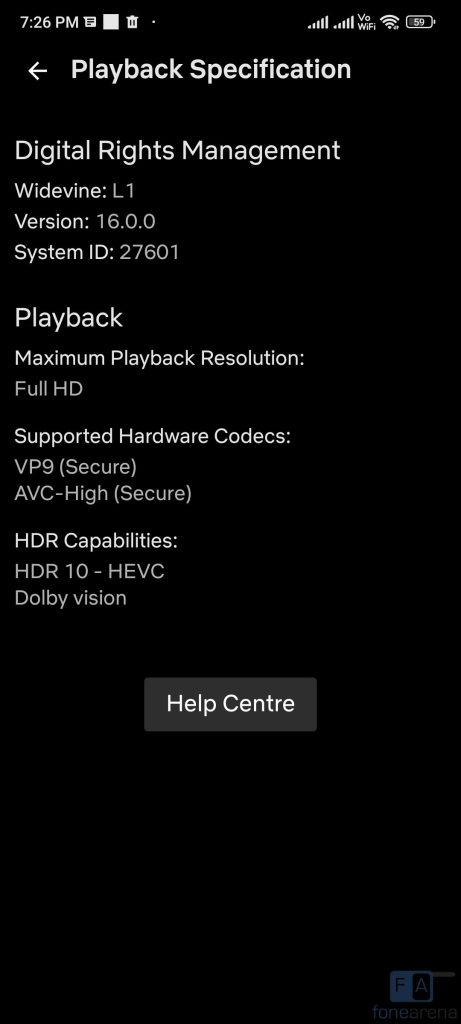
POCO launched its X5 Pro 5G smartphone in India today as the successor to last year’s X4 Pro smartphone. This has an 120Hz AMOLED screen, 5000mAh battery and packs 67W fast charging, similar to the predecessor, but this has a faster Snapdragon 778G SoC and a new 108MP camera. Is the phone worth the price? Let us dive into the review to find out.
Box Contents
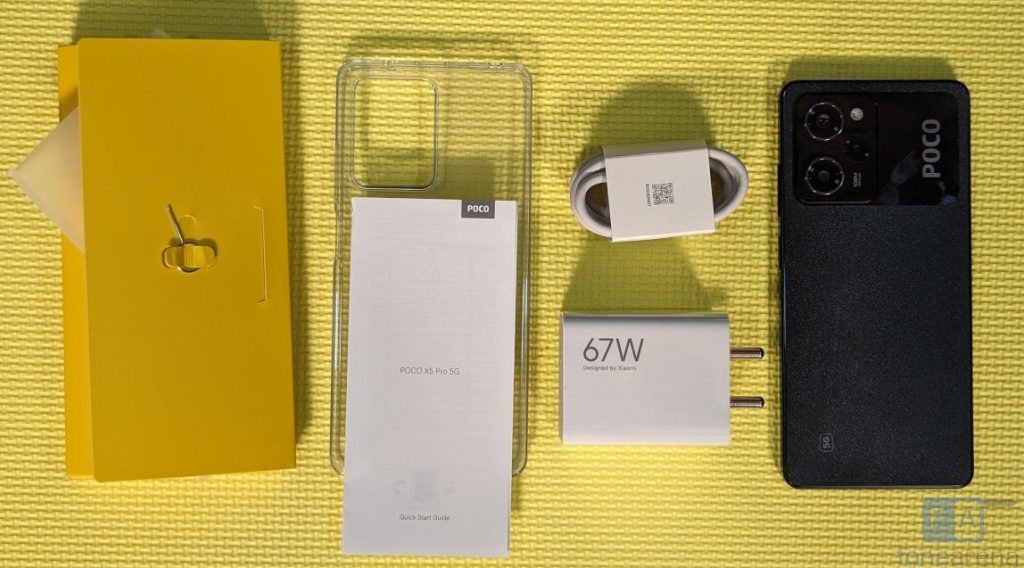
- POCO X4 Pro 5G 8GB + 256GB in Astral Black colour
- 67W fast charger
- USB Type-C Cable
- SIM Ejector tool
- Clear protective case
- Screen protector (Pre-installed)
- User guide
Display, Hardware and Design
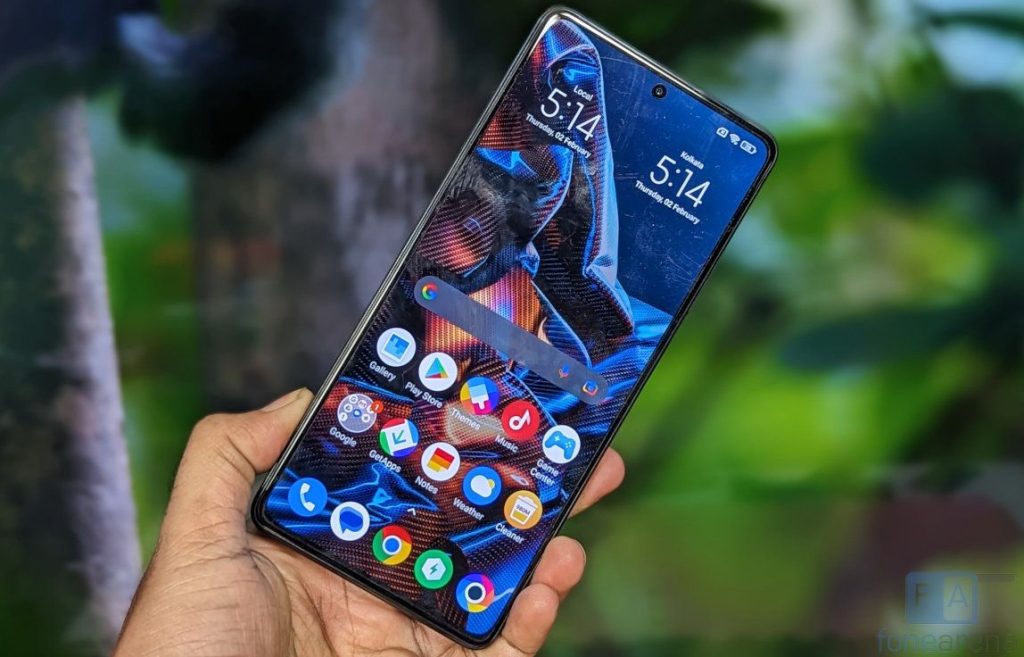
Starting with the display, the POCO X5 Pro has a 6.67-inch Full HD+ Pro Xfinity AMOLED display with a pixel resolution of 2400 × 1080 pixels, 20:9 aspect ratio 2.5D curved glass screen and a pixel density of about 394 PPI. The display is bright, thanks to 900 nits brightness in high brightness mode, which is enabled when you are watching HDR content. It supports DCI-P3 wide colour gamut, so the colours are vibrant.
It has 120Hz display refresh rate and 240Hz touch sampling rate, which when enabled offers a buttery smooth user experience, especially when you are scrolling through the UI and when gaming. This has adaptive refresh rate, so it can switch between 30Hz, 60Hz, 90Hz and 120Hz depending on the content. It also has HDR 10+ support, which works for YouTube and Netflix. There is also Dolby Vision support that works for Netflix. This is rarely seen in phones in the price range. The phone comes with Corning Gorilla Glass 5 protection.
Under the display options, there are different options to adjust colours and contrast based on your preference, reading mode that lets you reduce the display’s blue light emission. There is Dark mode. It also has, 1920Hz High Frequency PWM Dimming which is automatically enabled to reduce flicker in low brightness.
The phone has an always-on-display option, which can be enabled from display settings. This doesn’t consume a lot of power since this is an AMOLED screen, but the company says that it increases the power consumption, so it turns off automatically when the phone stays dark for a long time or battery saver restrictions are applied.
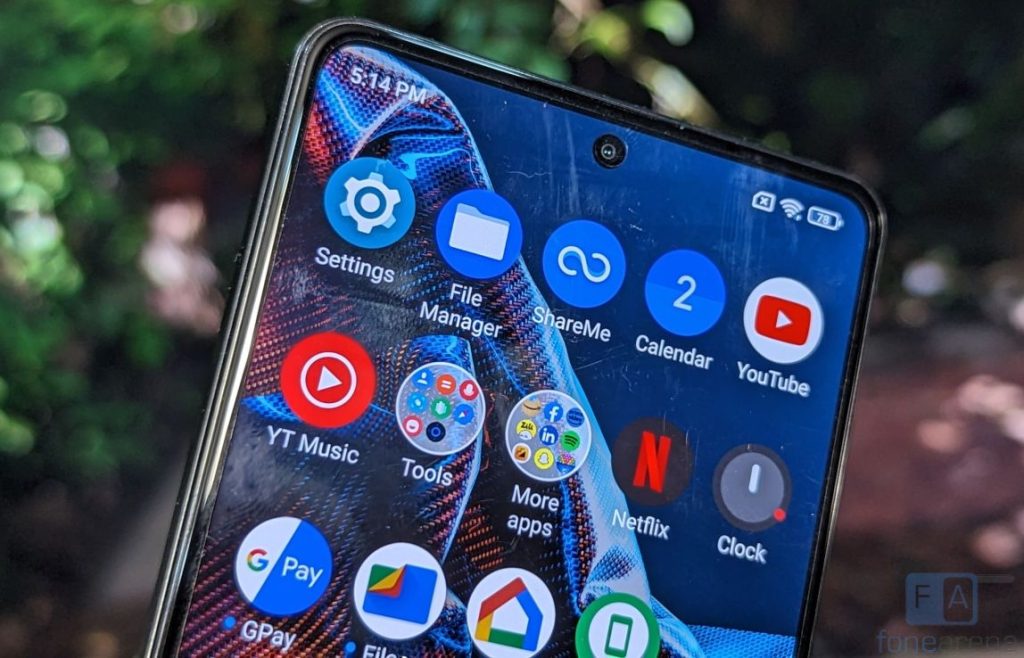
The phone has a tiny punch-hole that houses a 16-megapixel camera, which doesn’t disturb when watching videos since it just occupies a small space. Above the display there is an earpiece on the top edge which also doubles up as a secondary speaker. The phone also has the usual set of proximity and ambient light sensors, as well as a gyroscope and a magnetic sensor, otherwise known as a magnetometer.
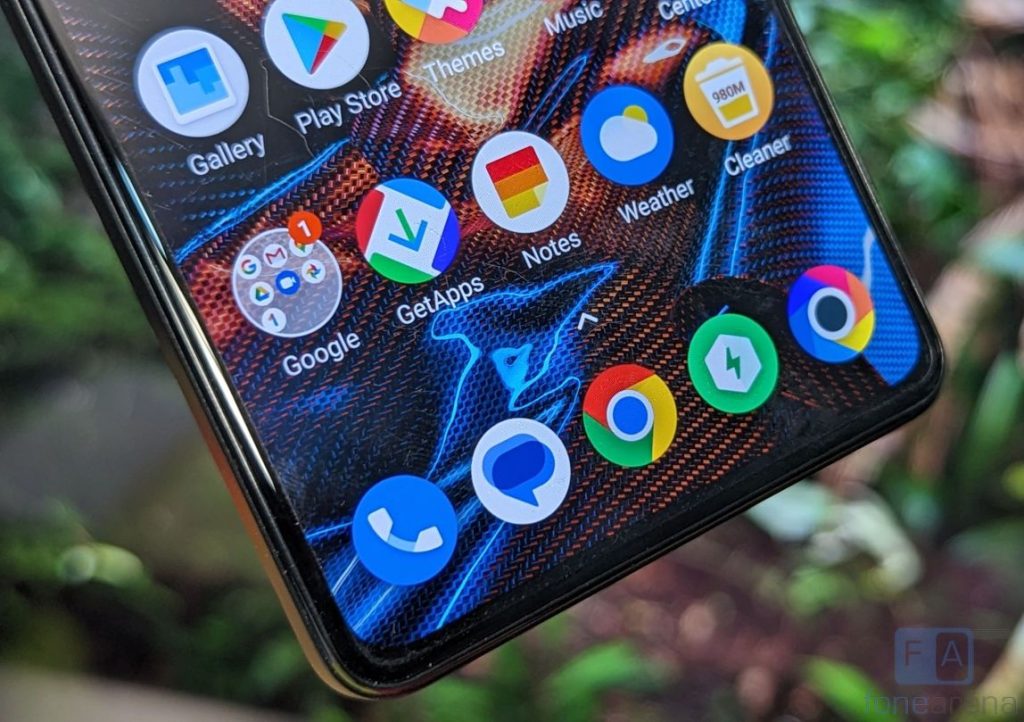
The phone has 2.9mm ultra-narrow bottom bezel which is good, but the realme 10 Pro+ has 2.33 mm bottom bezel which is smaller, also has a 61° curved screen and 2160Hz PWM dimming.
Coming to the button placements, the volume rockers and the power button that integrates the fingerprint sensor are present on the right side of the phone. The dual SIM slot, loudspeaker grill, primary microphone and USB Type-C port are present on the bottom. On the top there is a 3.5mm audio jack, vent for speaker, secondary microphone and an infrared sensor.
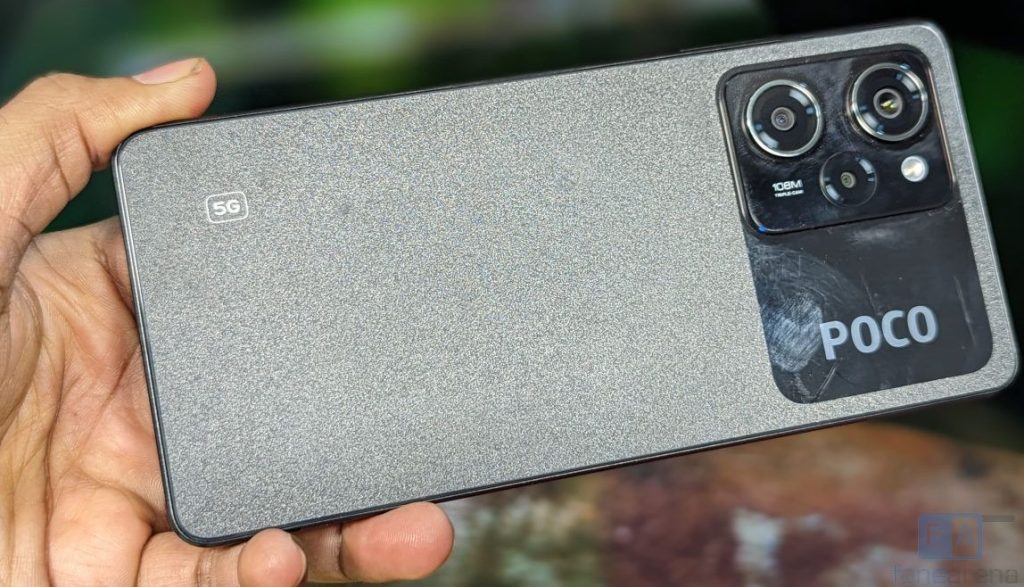
Since the phone has a polycarbonate frame, you don’t see any antenna cutouts. The phone features an X-axis linear vibration motor, which enables custom vibration patterns across the UI for the best haptic experience. The predecessor had a hybrid SIM slot, but this lacks an expandable storage.
Even though the phone has a large screen, it is easy to hold since it is 76mm wide. It is also just 7.9mm thick and the weight distribution is good at 181 grams.
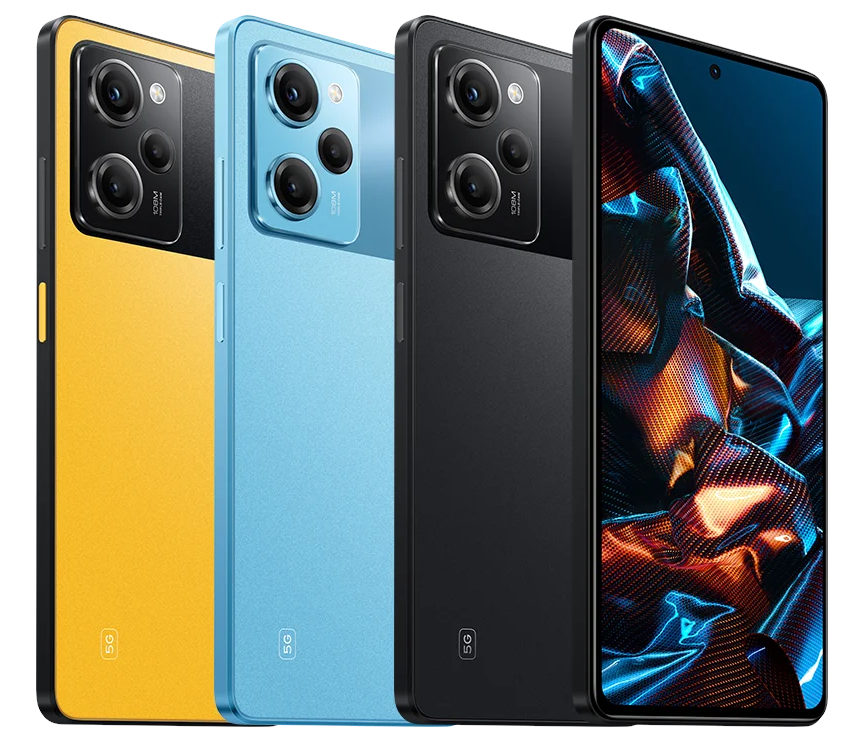
We have the Astral Black colour, and the phone also comes in POCO Yellow
and Horizon Blue colours. It has a polycarbonate back with a smooth matte finish, but the area near the camera has a glossy finish which is prone to fingerprints. The phone also has IP53 ratings that you rarely see in other phones in the range.
Camera
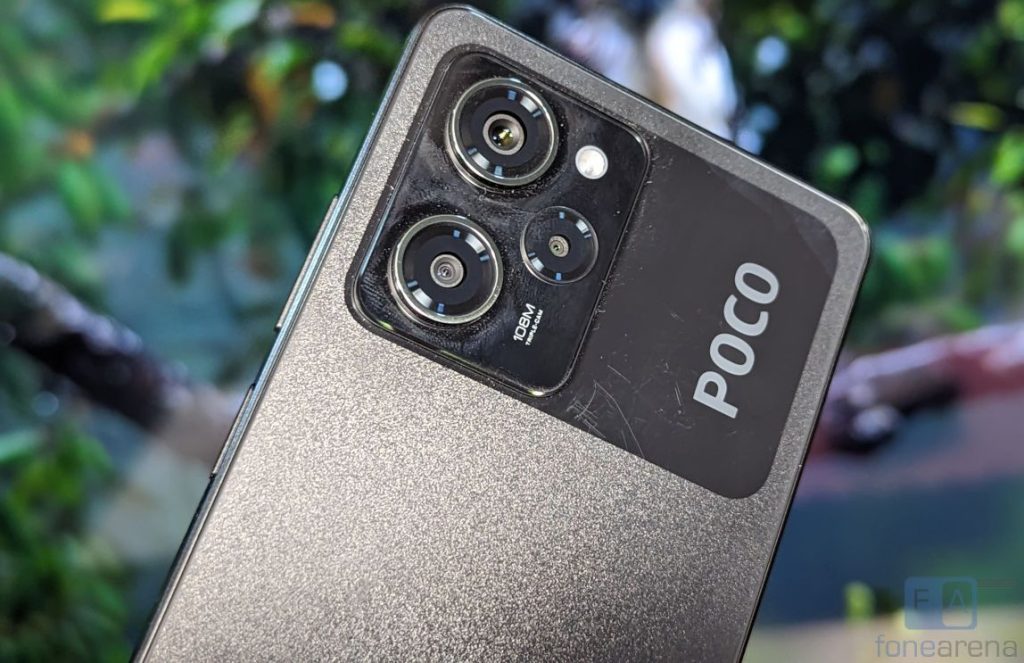
- 50MP main camera with 1/1.52″ Samsung ISOCELL HM2 sensor, f/1.9 aperture
- 8MP 120° ultra-wide angle camera with Samsung S5K4H7 sensor, f/2.2 aperture
- 2MP macro camera, with OmniVision OV02B10 sensor, f/2.4 aperture
- 16MP front camera, f/2.45 aperture
The camera UI is familiar with other Xiaomi or POCO smartphones. You get all the features such as Pro, Night, 1080MP, Short Video, Panorama, VLOG, Slow motion, Time-lapse, Dual video, AI watermark, Long exposure and Pro mode lets you adjust white balance, focus, shutter speed (1/4000s to 30 seconds), ISO (50 to 6400) and option to select main, ultra-wide and macro lens. You can also shoot in RAW in Pro mode and enable focus peaking, exposure verification and more options. The company has enabled Cam2API by default, so you can side-load ported Google Camera APKs for advanced editing, including RAW capture.
Coming to the image quality, daylight shots came out well with good dynamic range. After pixel binning technology, you get 12MP output. HDR shots are better with improved dynamic range. 8MP wide-angle shots are decent. 108MP mode that offers a lot of details. Even though there is no telephoto lens, it uses the software for offering up to 10x digital zoom. This is like taking an image and cropping up later. Even in the 2x zoom, images start to lose details, so it is not recommended going beyond 2x if you don’t want to lose details. The dedicated 2MP macro sensor is average. Edge detection in decent portrait shots, even thought it lacks a dedicated portrait camera.
Low-light shots are good, and the night mode is better, but the Redmi Note 12 Pro with a Sony IM766 sensor offers better low-light images. Images with flash are good, and the flash is not overpowering. Daylight front camera shots from the 16-megapixel front camera are decent, but not the best even in daylight conditions due to the tiny sensor. Output is 16MP in resolution. Portrait shots have decent edge detection, even though it is done using software.
Check out the camera samples.
It can record videos at 4k resolution at 30 fps, 1080p at up to 60 fps, and it also has slow motion 1080p at up to 120 fps and 720p resolution video recording at up to 960fps, but this should be 240 fps converted into 960fps. You can also shoot 1080p videos using the ultra-wide and 720p video using macro camera. Front camera supports up to 1080p 60fps recording. It doesn’t have OIS, so the stabilization is not the best.
Software, UI and Apps
It runs Android 12 out of the box, with MIUI 14 on top. It has December 2022 Android security patch recently. The company said it will get 2 years of Android OS updates and 3 years of security updates. MIUI 14 brings several improvements, making the user experience smoother.
Since the phone has an infrared sensor for remote function, it comes with Mi Remote that lets you control your home appliances easily. Out of 8GB LPDDR4X RAM, you get 7.1GB of usable RAM, and about 3GB of RAM is free when default apps are running in the background. It also has up to 5GB of memory extension or virtual RAM, which you can disable from additional settings. Out of 256GB, you get about 224GB of free storage. It has UFS 2.2 storage, and we got sequential read speeds of 939.86MB/s.
Apart from the usual set of utility apps, Google apps and POCO’s own set of apps, it comes preloaded with Amazon Shopping, Facebook, Prime Video, Netflix, LinkedIn, Zili, Spotify and Snapchat, Moj and Bubble Shoot apps. It also asks for additional app installation during setup, which you can skip. You can easily uninstall these apps, but these come up when you reset the phone. Even though there is personalized ads option during set up and recommendations in all the apps, you don’t get any ads in apps.
Fingerprint sensor and Face unlock
Even though it has an AMOLED screen, the phone has a fingerprint sensor on the ride side, embedded into the power button. It immediately unlocks the phone just by keeping your finger on the power button so that you don’t have to press it. This is more convenient compared to the rear-mounted fingerprint scanner and faster than the in-display fingerprint scanner. You can add up to 5 fingerprints.
You can also use the fingerprint for app local and payments in apps. There are also some gesture features in the power button that lets you double tap to perform actions such as take a screenshot, turn on torch, launch camera, enable silent mode, and more. The phone also has face unlock, but it is not as secure as fingerprint since it can be unlocked with a photo.
Music Player and Multimedia
The Mi Music Player is the default music player with usual Xiaomi audio effects and equalizer. Audio through the speaker is loud. Since the phone has stereo speakers, audio is pretty loud. Audio through earphones is good as well. There is Dolby Atmos and Hi-Fi audio that enhances the audio performance. It doesn’t have FM Radio.
It has Widevine L1 support, so you can play HD content on Netflix, Amazon Prime Video and other streaming apps without any issues. The phone also supports Dolby Vision content in Netflix.
Dual SIM and Connectivity
It supports 5G, and has support for SA / NSA bands n1/n3/n5/n8/n28/n40/n78 and works with Jio and Airtel 5G out of the box. The phone supports 5G carrier aggregation as well. Other connectivity options include Dual-Band Wi-Fi 6 802.11 ac. It has VoWiFi / Wi-Fi calling support, Bluetooth 5.2 LE, Dual GPS/AGPS, Glonass, Beidou, but it doesn’t have NFC. It also has USB OTG support that lets you connect USB drives. Call quality is good, and we did not face any call drops and the earpiece volume was loud.
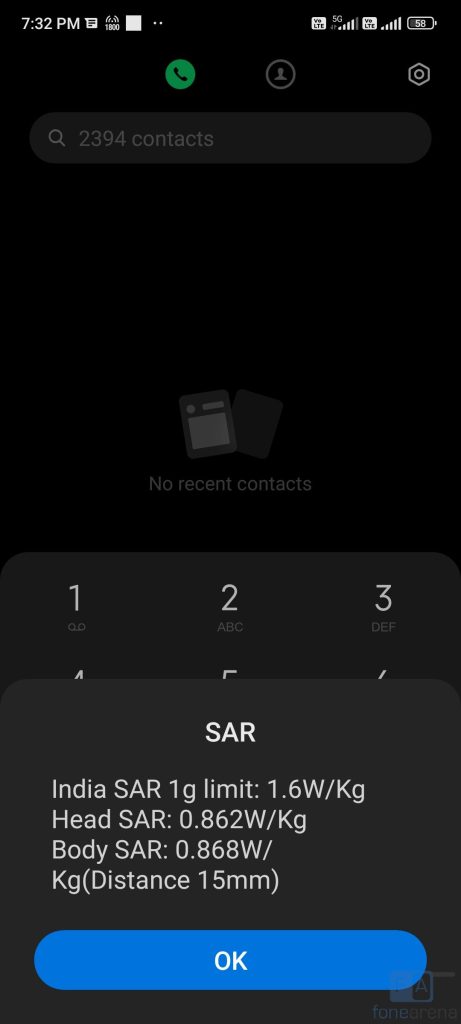
The POCO X5 Pro 5G’s body SAR is 0.868 W/Kg (Distance 15mm) and head SAR is at 0.862/Kg, which is well under the limit of 1.6 W/kg (over 1 g) in India.
Performance and Benchmarks
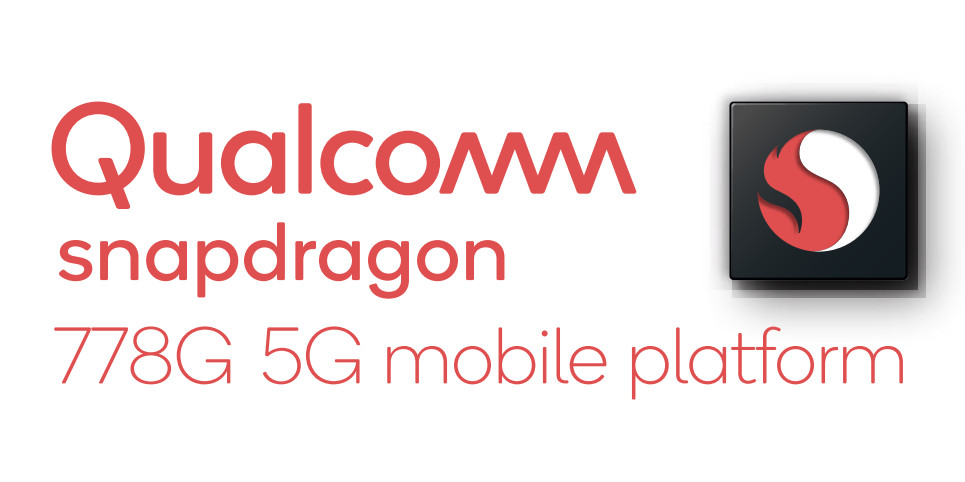
This is the one of the few phones in the price range to be powered by Snapdragon 778G 6nm Mobile Platform that uses Qualcomm Kryo 670 CPUs. It has 4 x A78-based Kryo 670 Performance CPU clocked at 2.4GHz and 4 x A55-based Kryo 670 Efficiency CPUs clocked at up to 1.80GHz.
The Adreno 642L GPU offers a smooth gaming performance even in graphic intensive games, and the phone doesn’t get too hot even during long hours of gaming. The phone gets a bit warm on intensive gaming, but it doesn’t too hot, thanks to 12 layer graphite sheet. We did not face any issues or frame drops in the graphic-intensive games like COD (Supports Very High Graphics + Max Frame rate), BGMI (Supports HDR Graphics + Ultra Frame rate) and Genshin Impact. It reached maximum 41º in our testing indoors in Wi-Fi, but this might vary outdoors in 4G. That said, check out some synthetic benchmark scores below
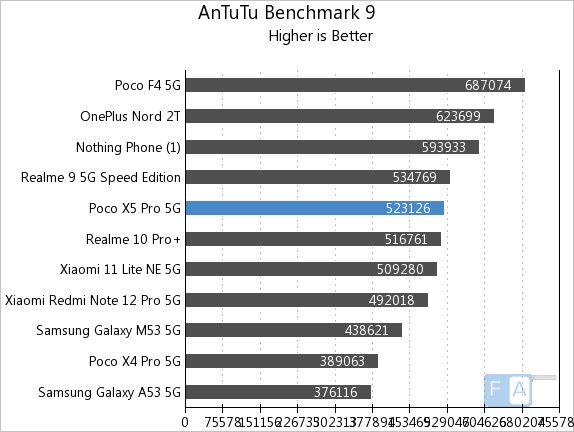
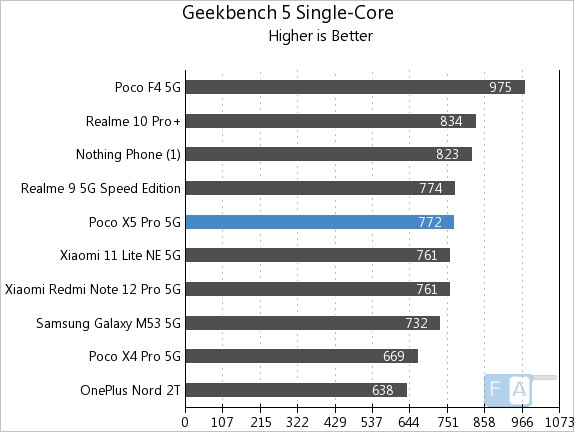

Battery life
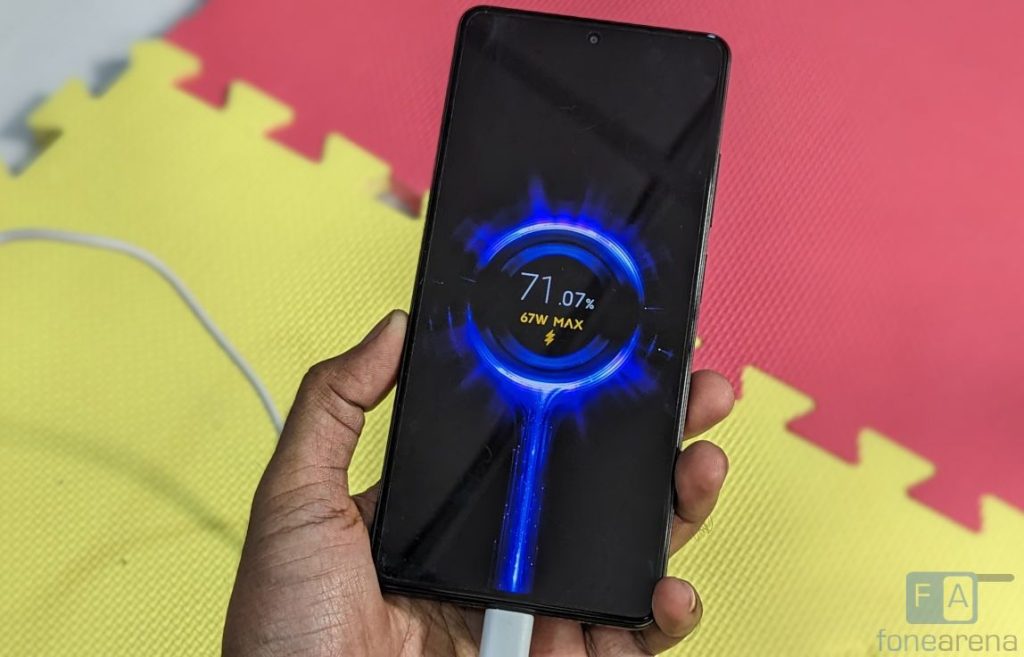
Coming to the battery life, the phone has a 5000mAh (typical) built-in battery that lasts for a day even with heavy use, and with average use it lasts for more than a day, thanks to optimization in the MIUI 14. I got over 6 hours of screen on time with over a day of use in 120Hz refresh rate.
Since the phone has support for 67W fast charging, it can charge up to 50% in 15 minutes and up to 100% in about 46 minutes with the bundled 67W charger.
Conclusion
At a starting price of Rs. 22,999, the POCO X5 Pro 5G is a good upgrade to the X4 Pro with a new display feaures that include adaptive refresh rate, Dolby Vision and 1920Hz High Frequency PWM Dimming.
The Snapdragon 778G offers a good performance and gaming performance compared to the Snapdragon 695 in the predecessor. It is also better than the Dimensity 1080 present in the Redmi Note 12 Pro. However, the 108MP sensor offers avearge low-light performance compared to Note 12 Pro’s 50MP IM766 and this also lacks OIS. Even though it has MIUI 14, the phone still runs Android 12.
Alternatives
The Redmi Note 12 Pro is a good alertnative for those who need a better camera by spending more. The POCO F4 is now cheaper and comes with Snapdragon 870 SoC for a better gaming experience if you spend more.
Availability
The POCO X5 Pro 5G is priced at Rs. 22,999 for the 6GB + 128GB model and the 8GB + 256GB model costs Rs. 24,999. It will be available from Flipkart starting from 13th February. There is a Rs. 2000 instant discount for ICICI Bank credit or debit card and EMI users.
Pros
- 120Hz AMOLED display with Dolby Vision
- Smooth performance and good gaming performance
- Stereo speakers with Dolby Atmos
- IP53 water-resistant body
- Good battery life
Cons
- Average Low-light camera
- Runs Android 12 at launch

